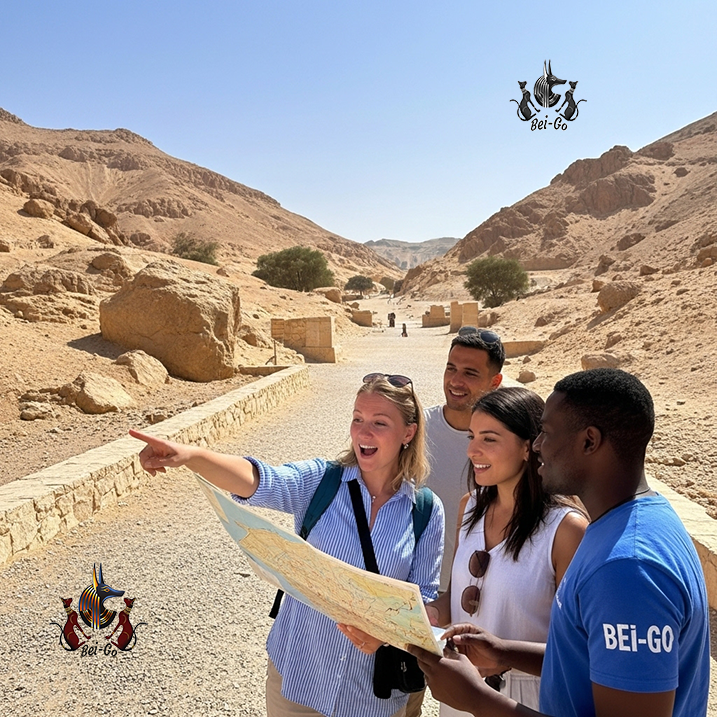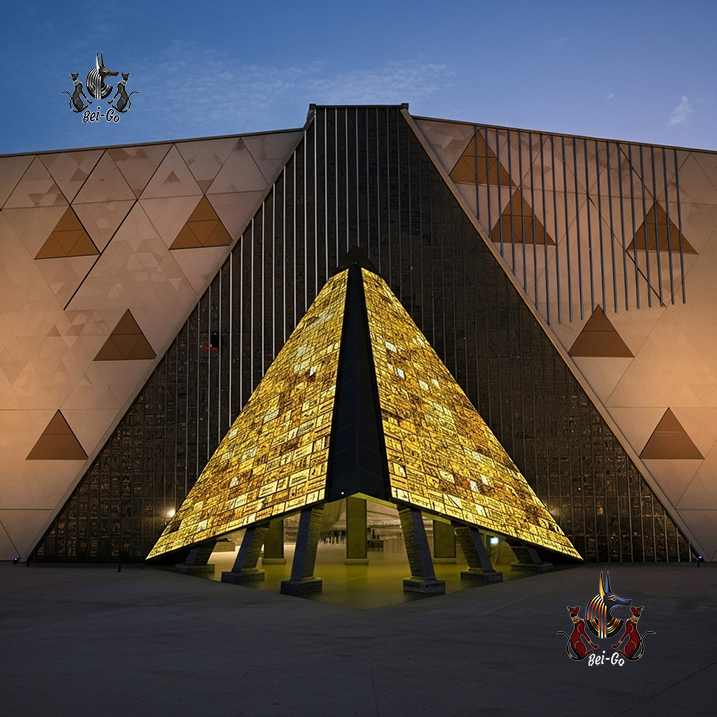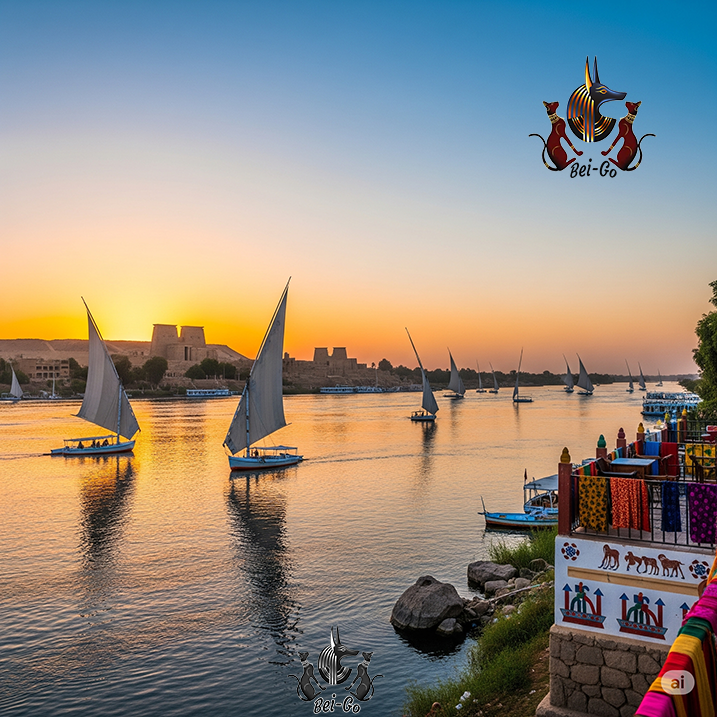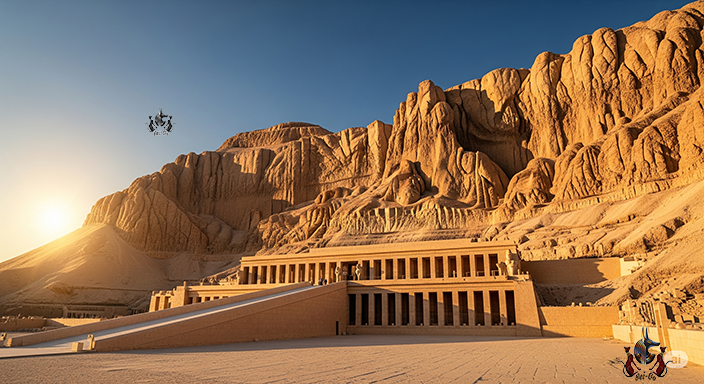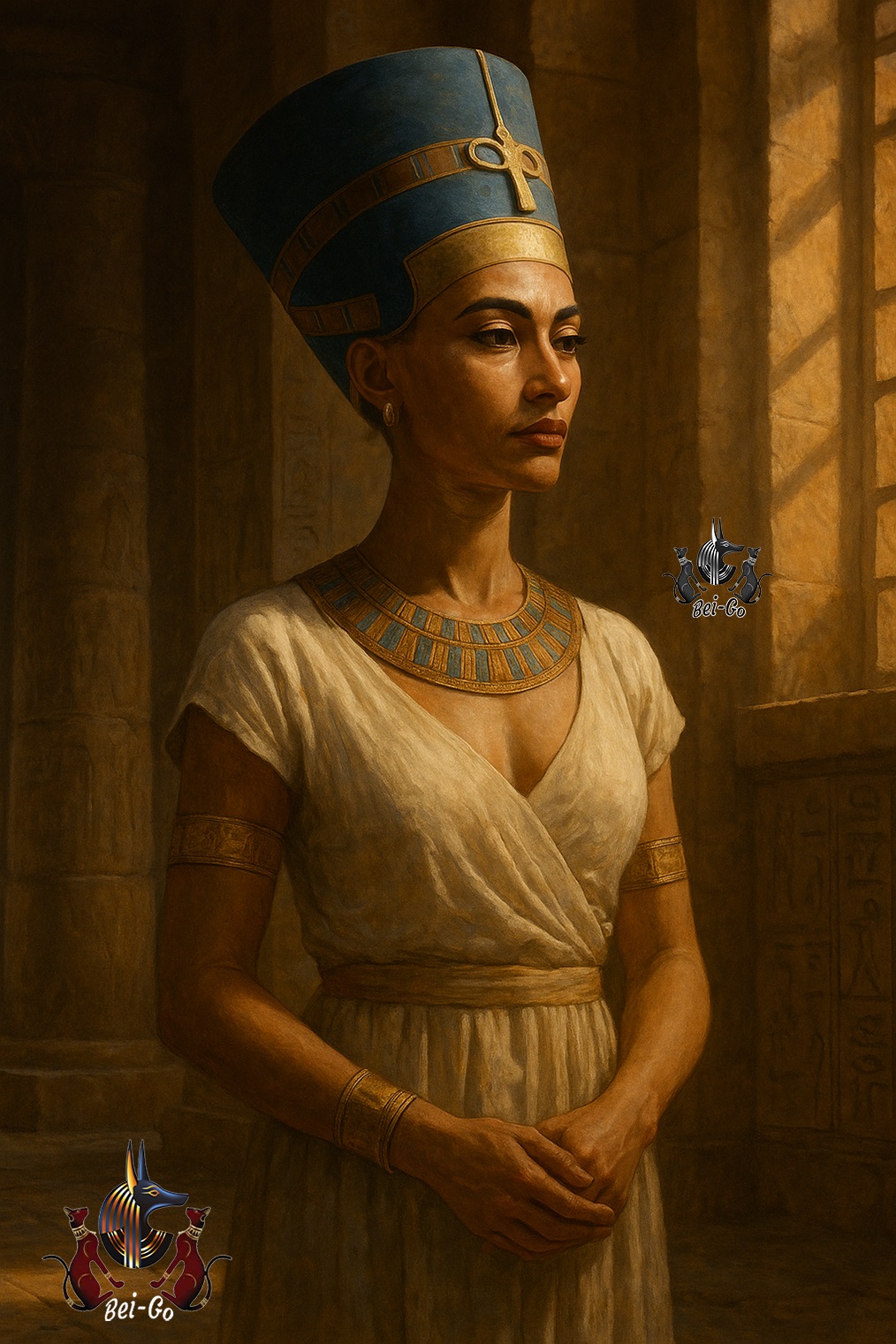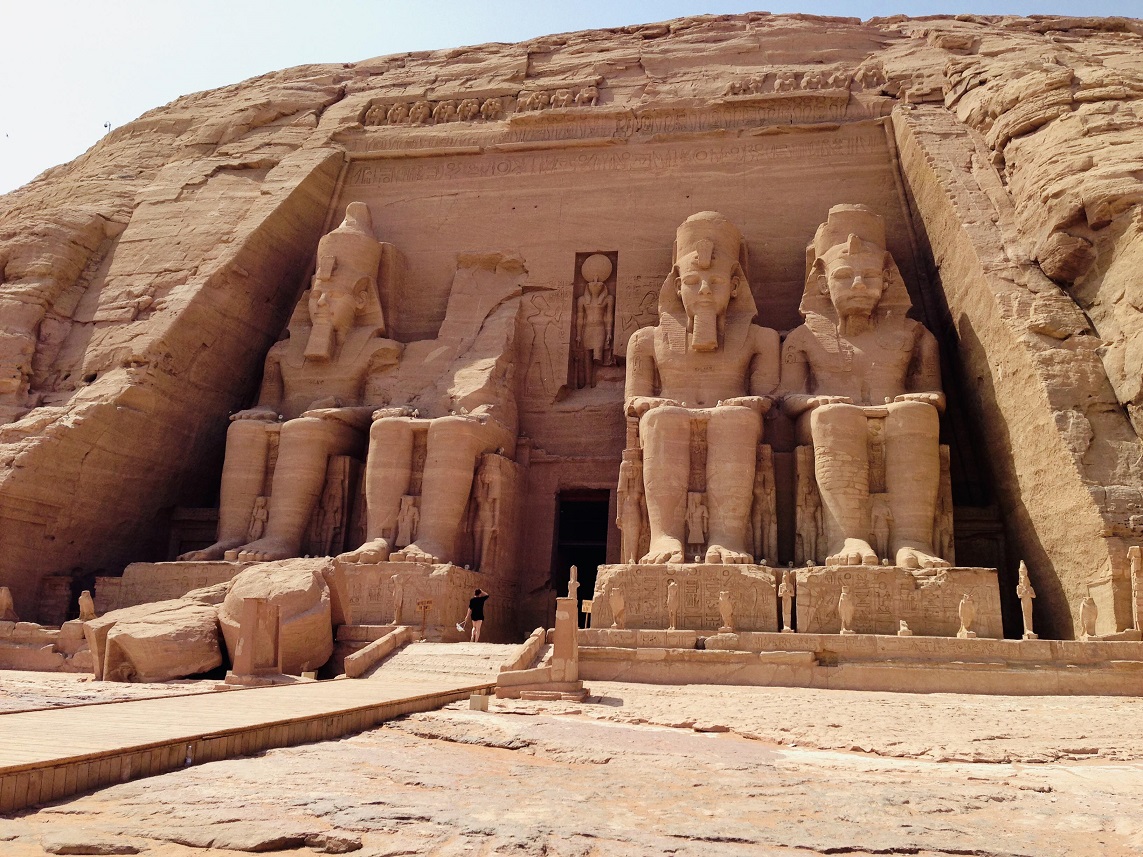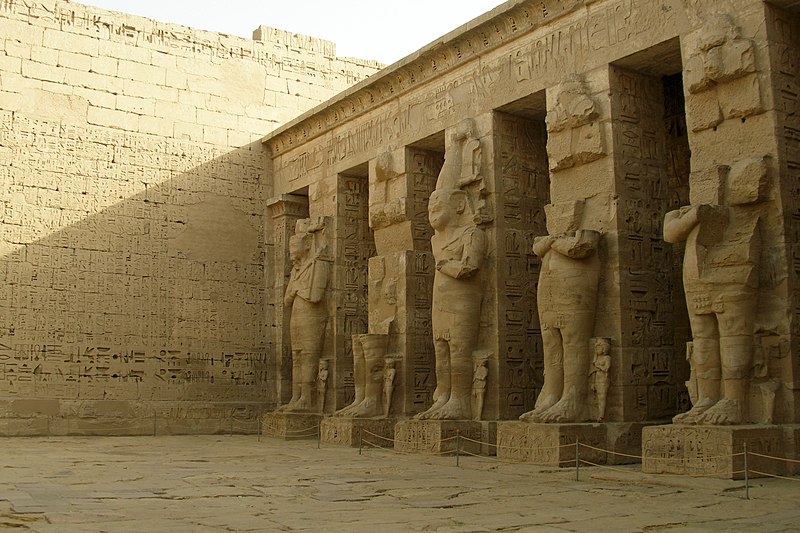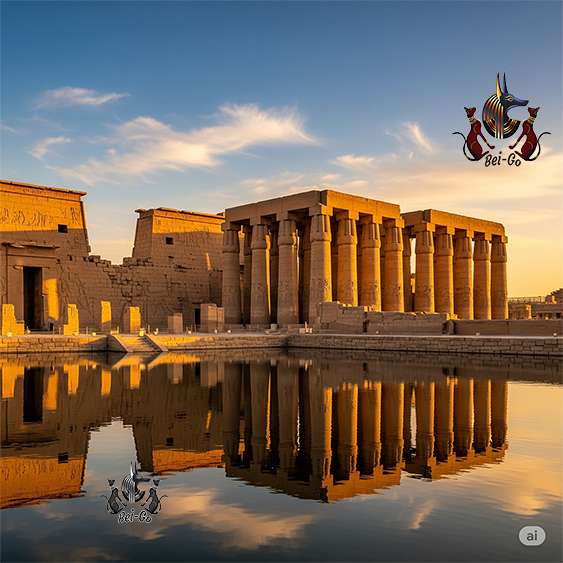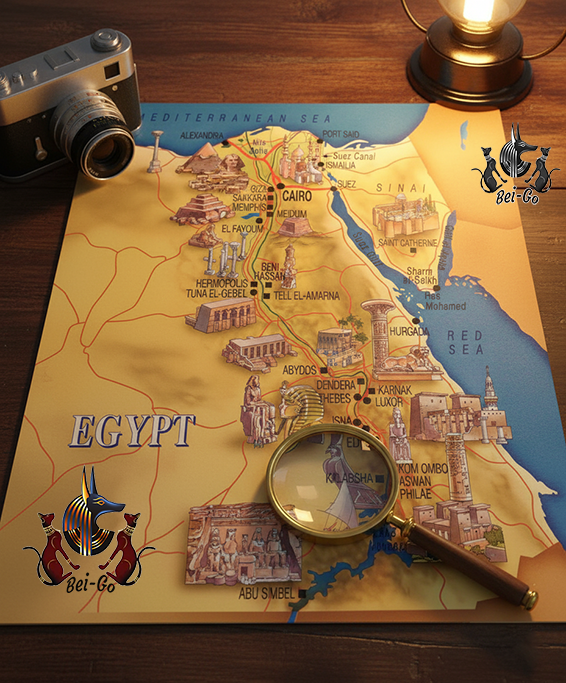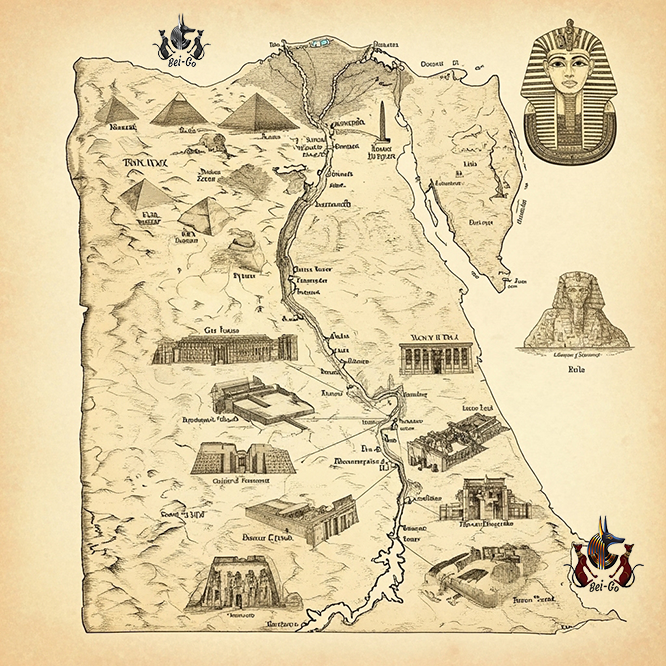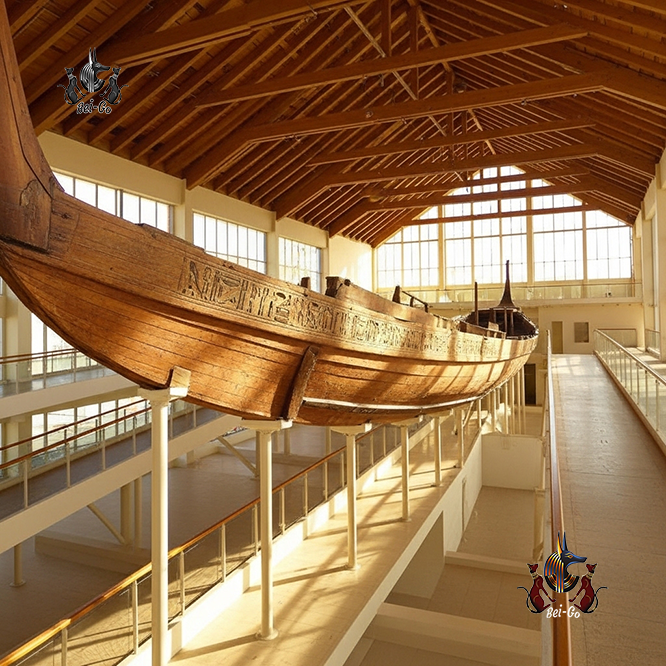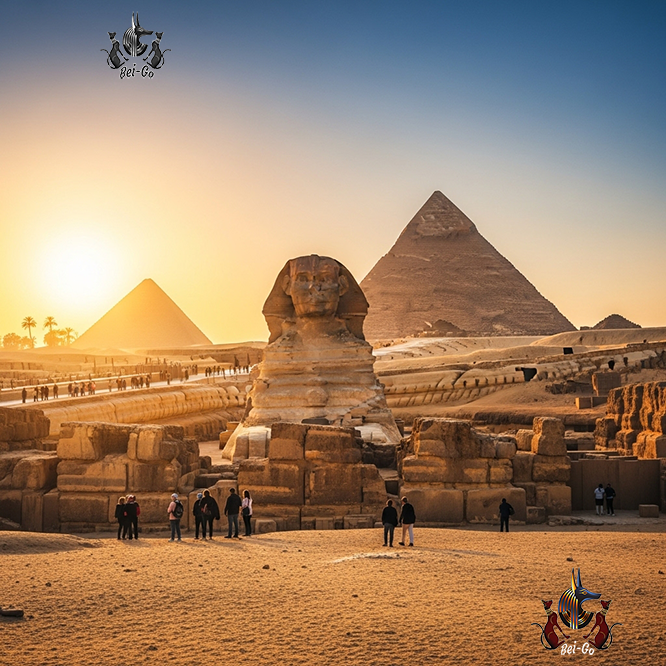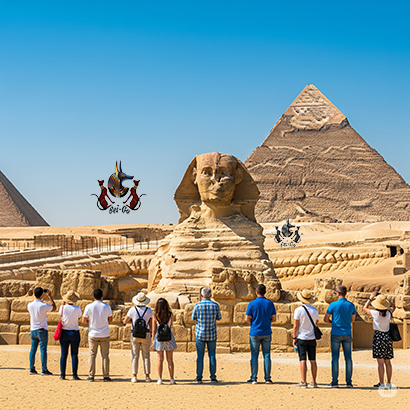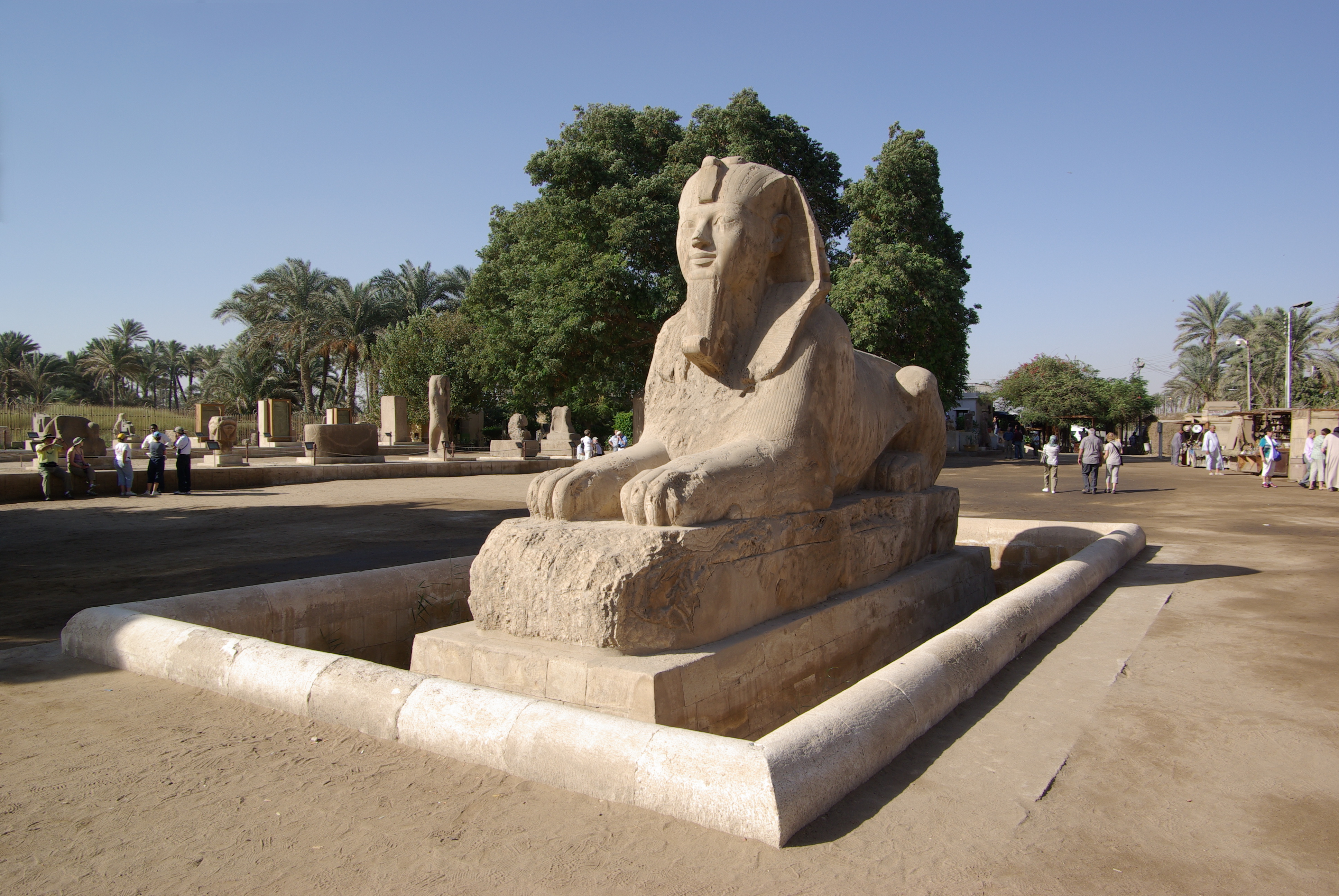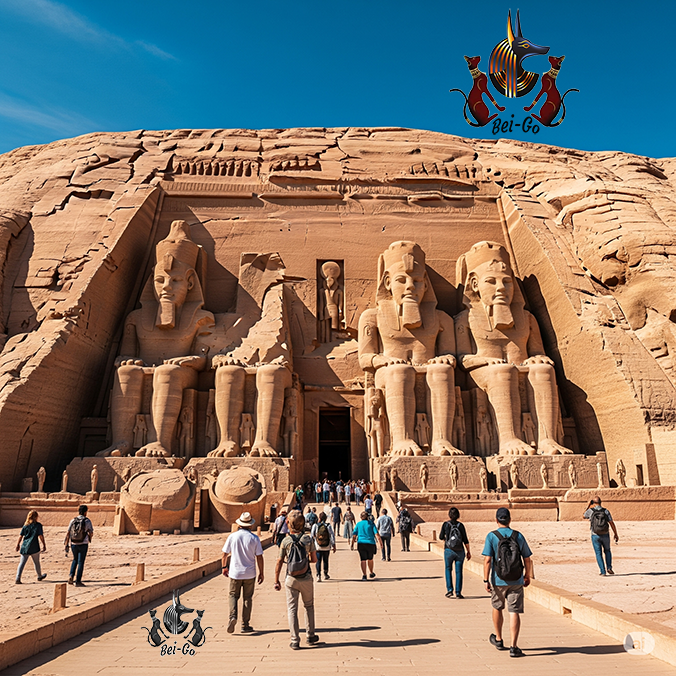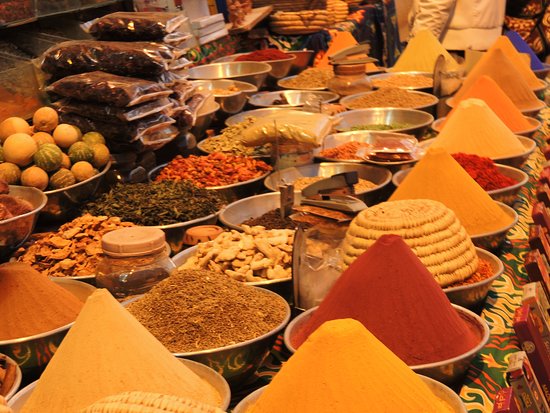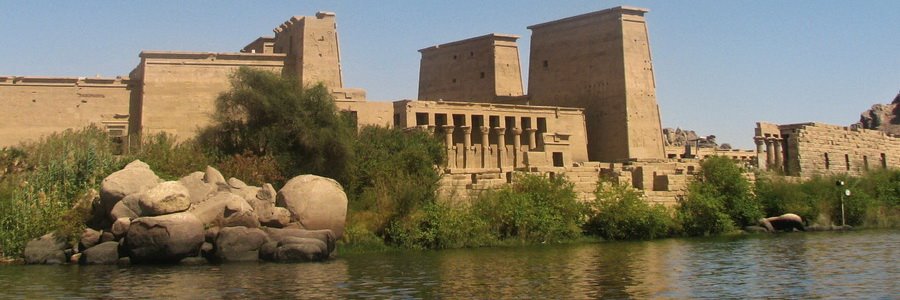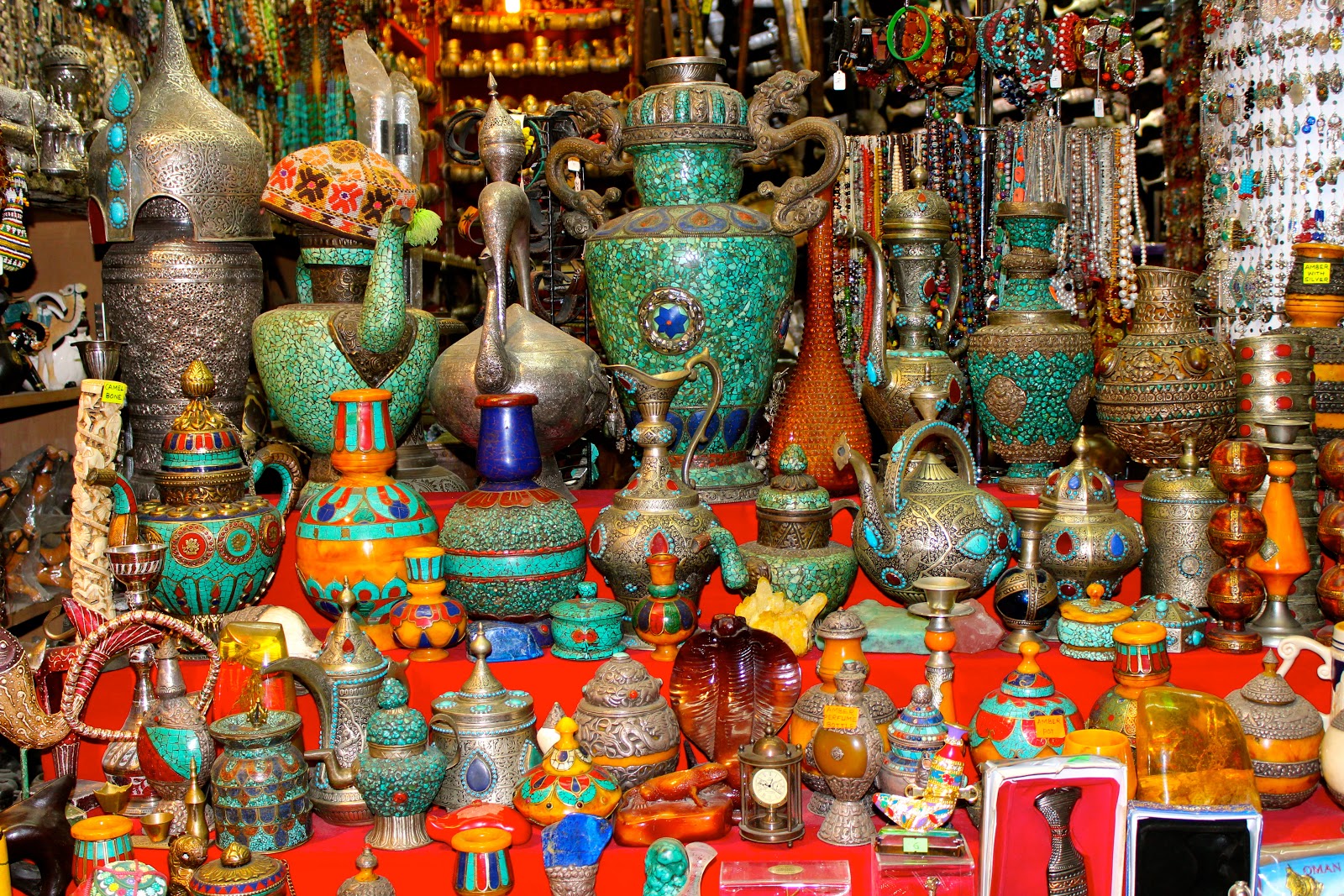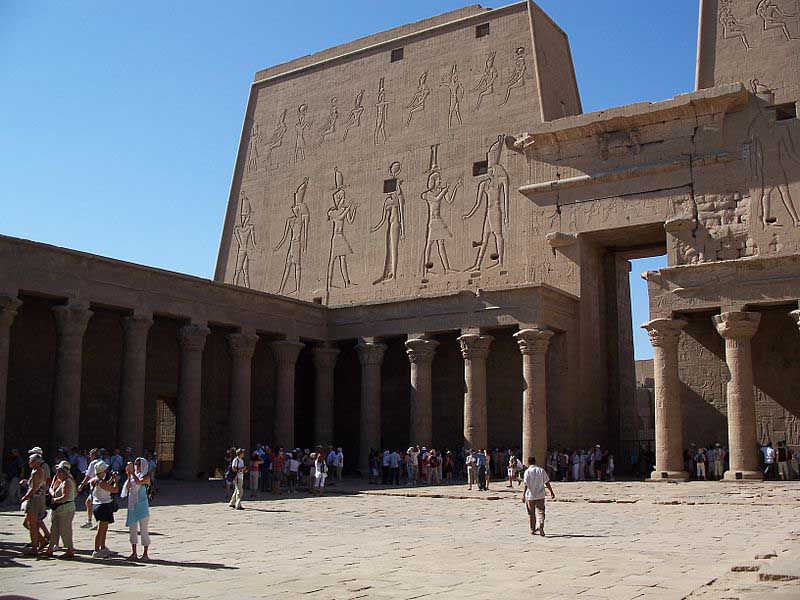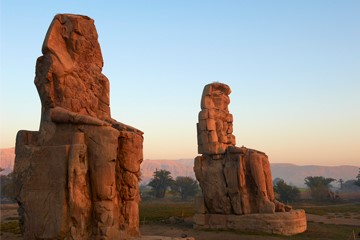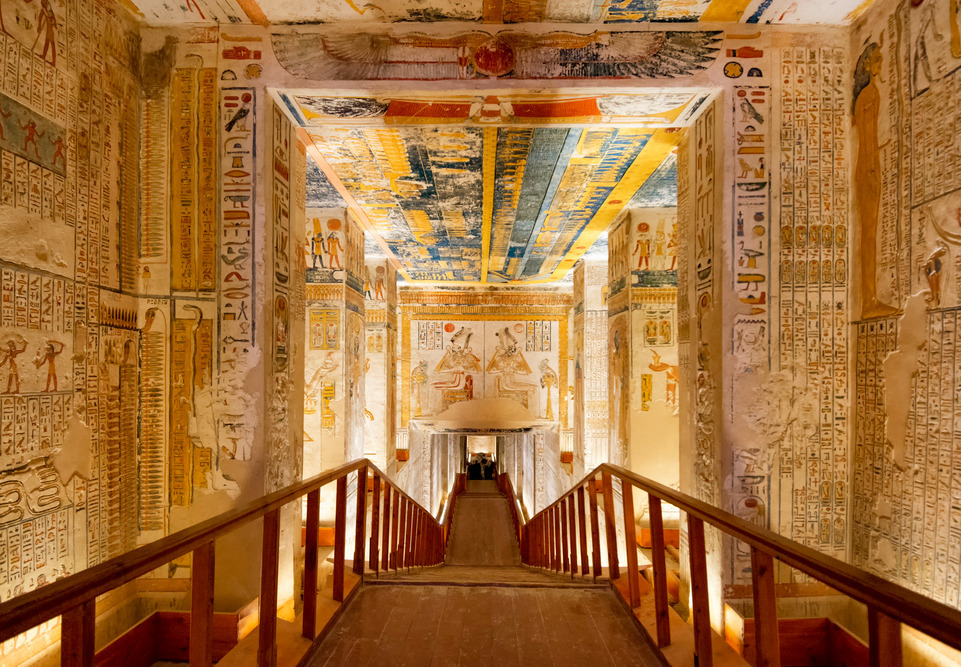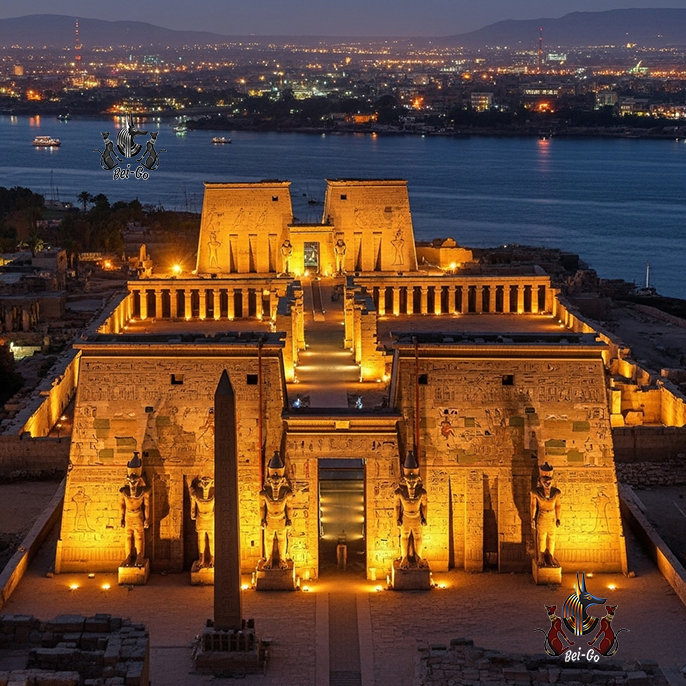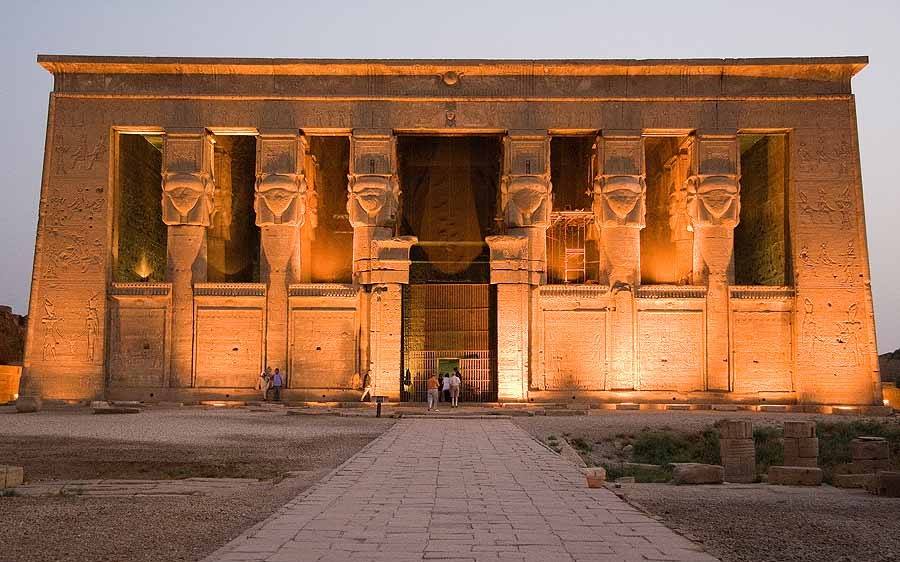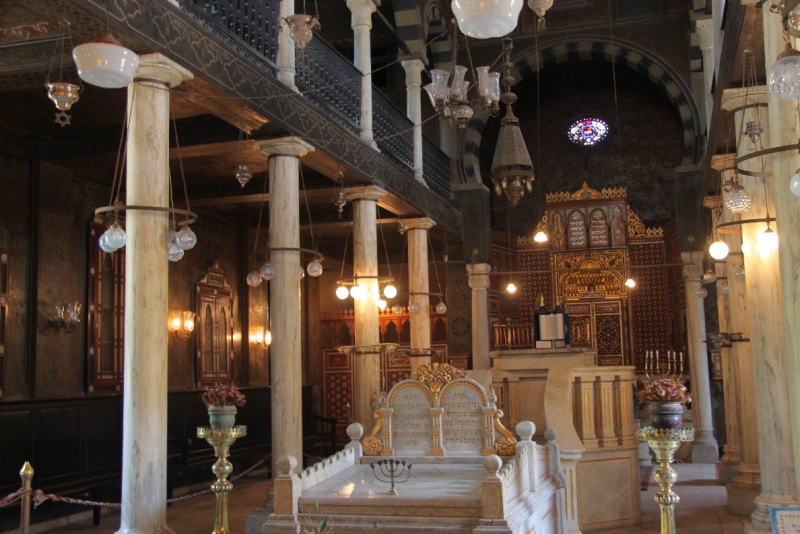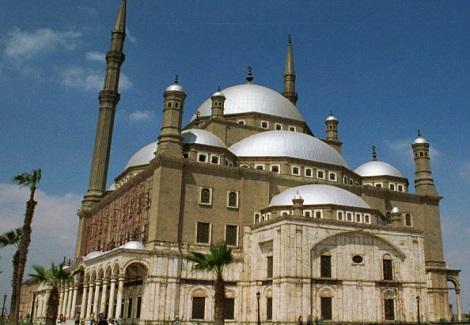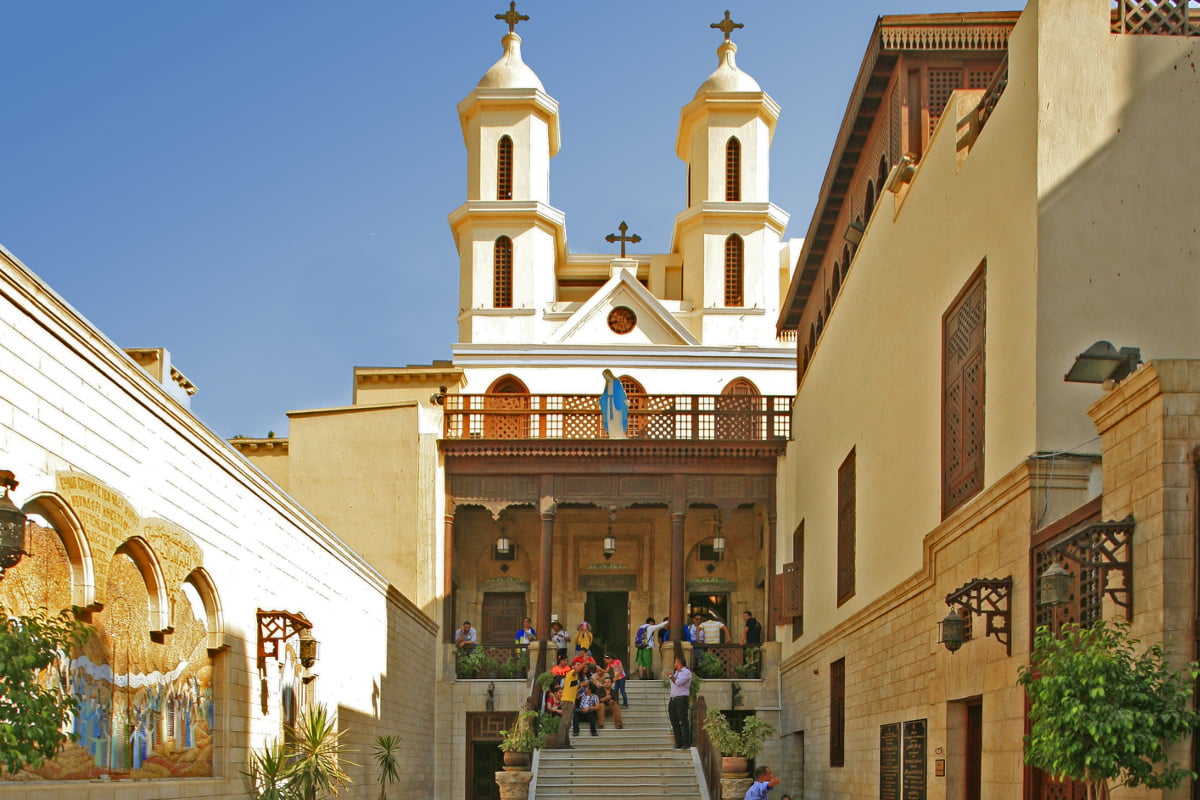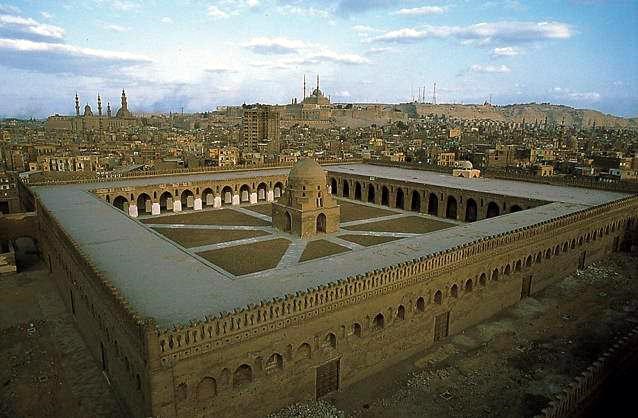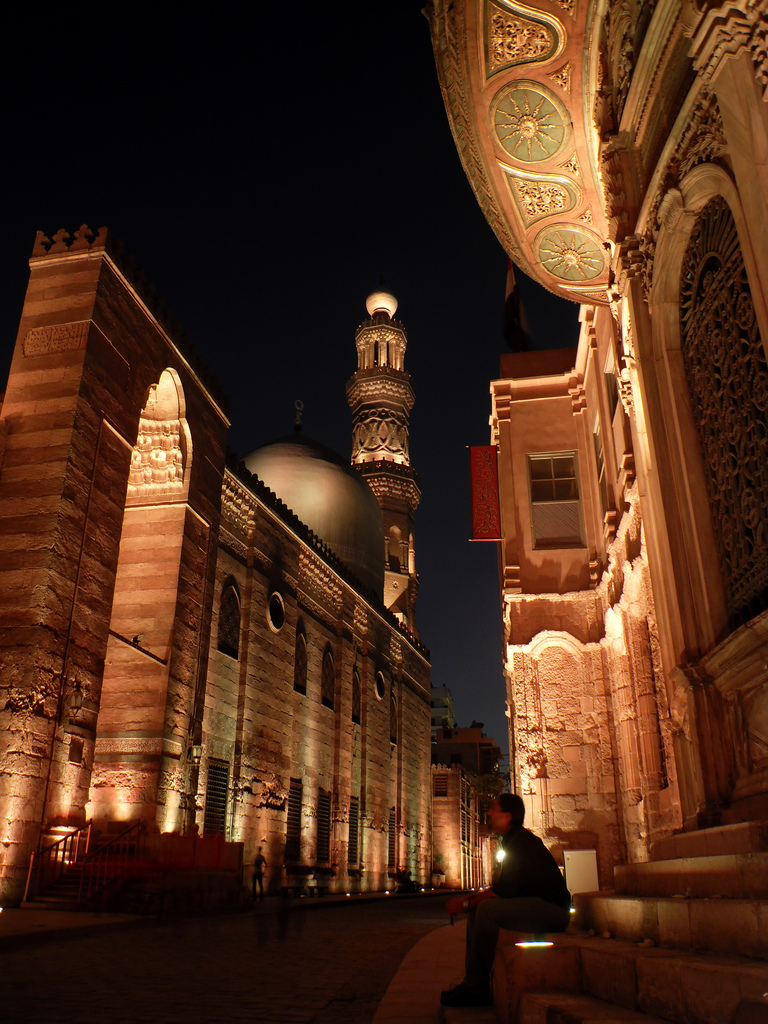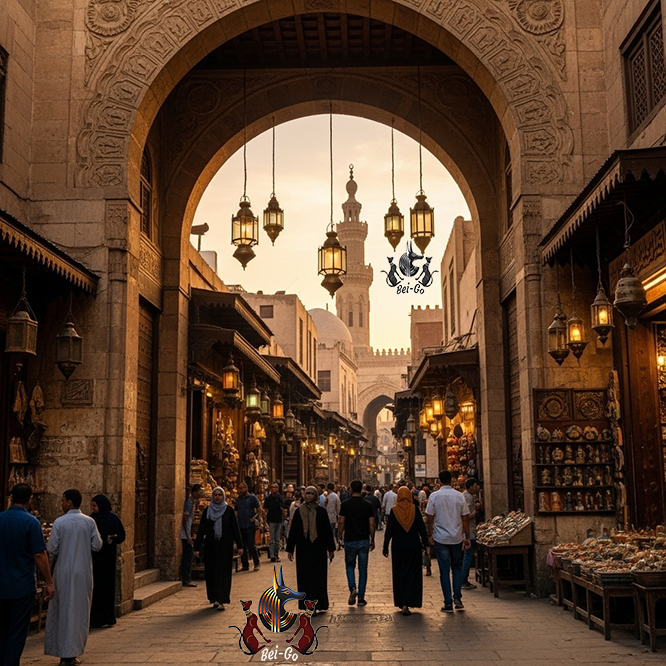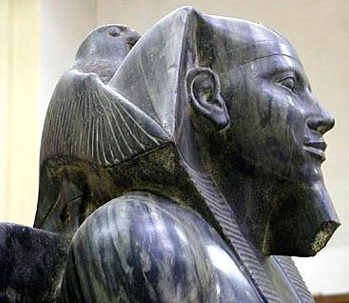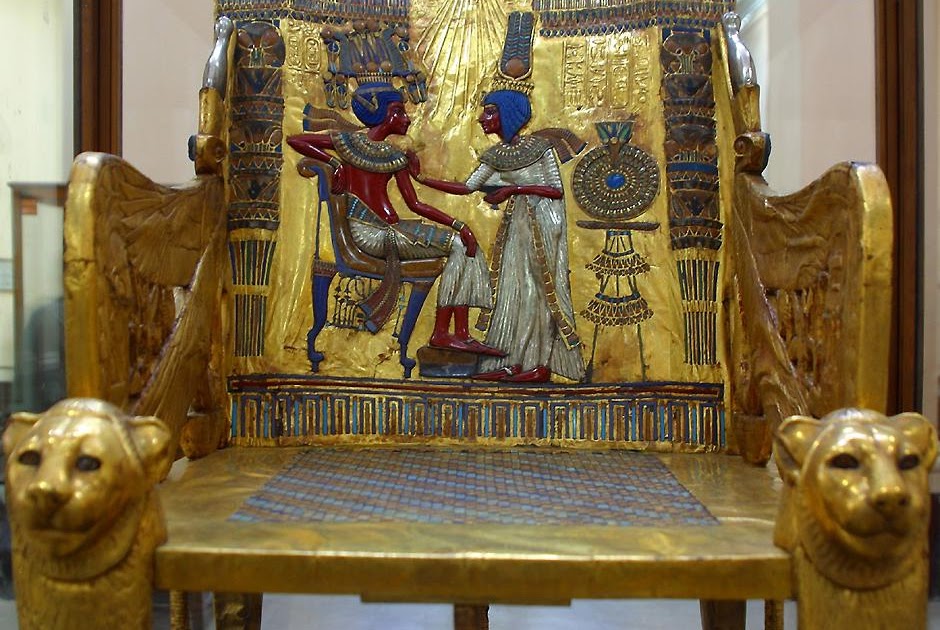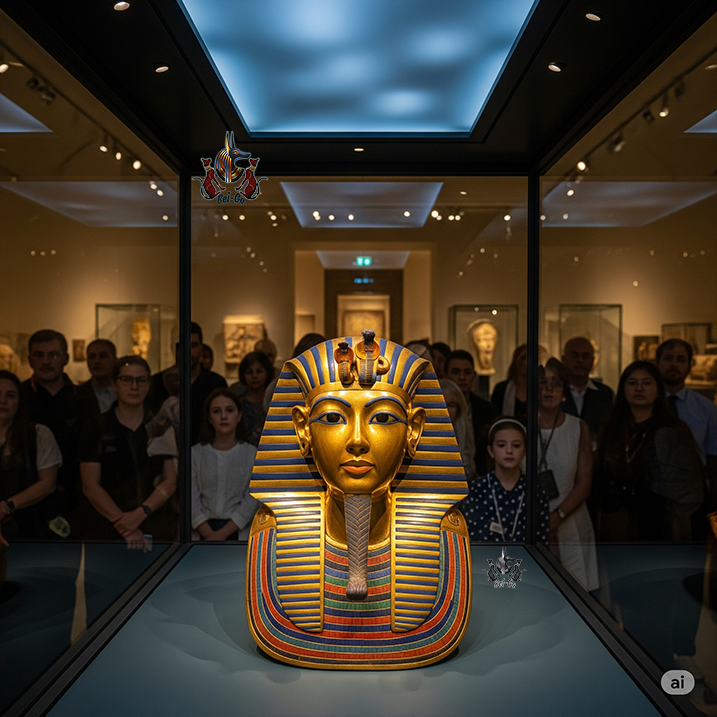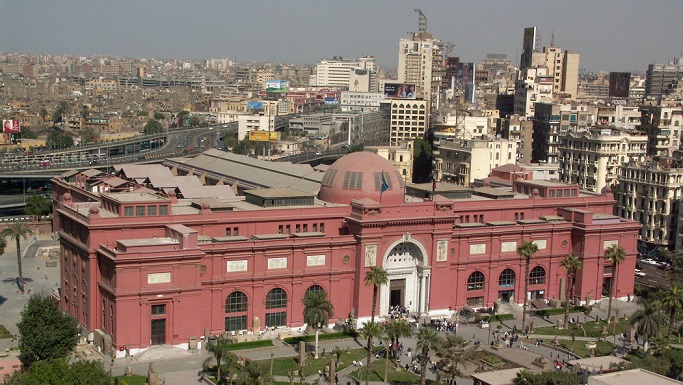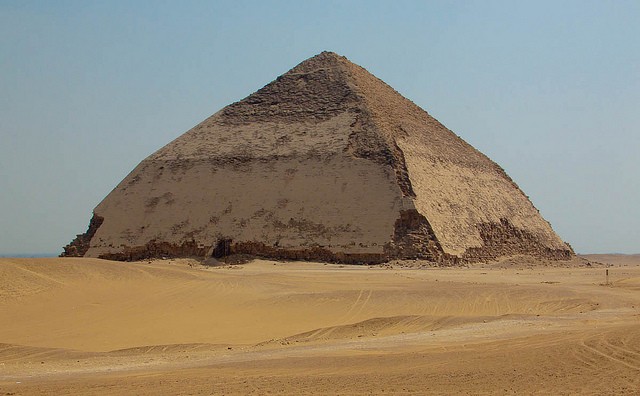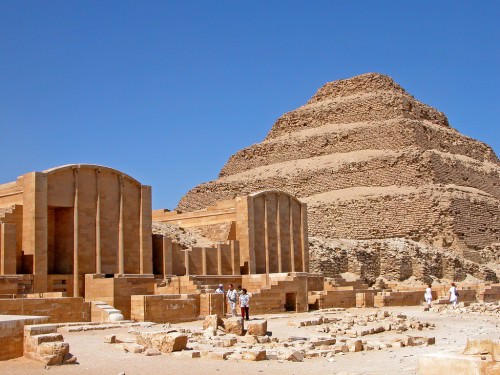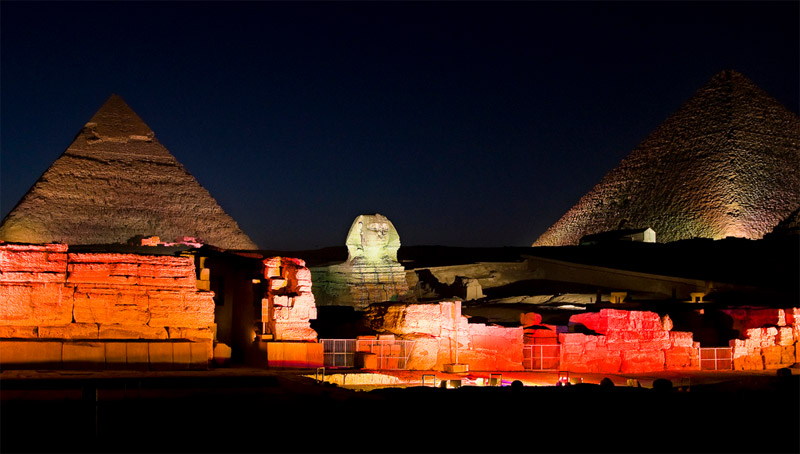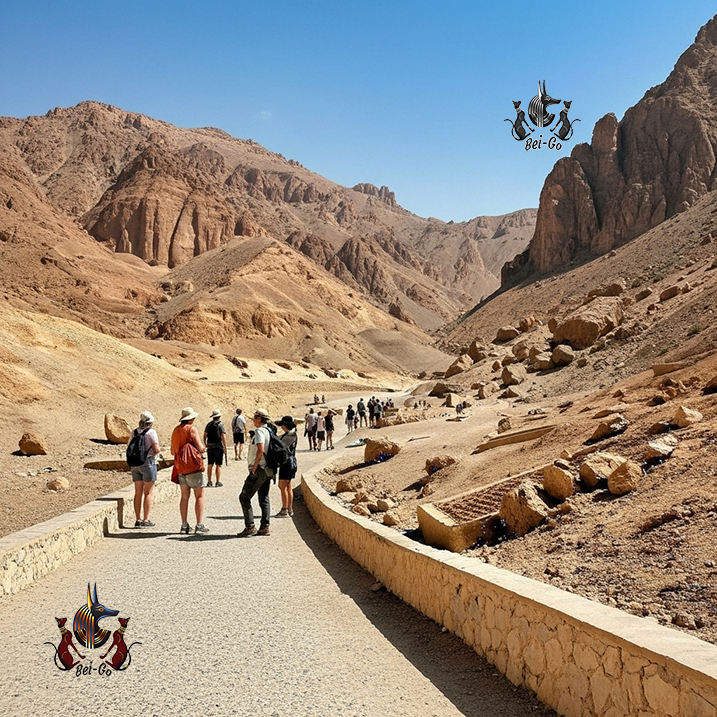
Valley of the Queens: A Journey Through Time to the Resting Place of Egypt's Queens

A Glimpse into the History of the Valley of the Queens
Located in the heart of the Theban Necropolis on the west bank of the Nile, opposite modern-day Luxor, the Valley of the Queens, anciently known as "Ta-Set-Neferu" or "the Place of Beauty," is a majestic archaeological site. It was not merely a cemetery but an integrated funerary city, meticulously designed to be the final resting place for the wives of the pharaohs, their sons and daughters, and high-ranking nobles of the New Kingdom, specifically from the 18th to the 20th Dynasties. The use of this valley as a burial site began during the reign of Thutmose I, but it reached its peak of glory and importance during the era of Ramesses II. Planning a trip to the Valley of the Queens is like embarking on an adventure through time, where visitors can explore over ninety tombs carved with precision into the desert rock. Each tomb tells a unique chapter of history, revealing stunning details about royal life, funerary rituals, and deep-rooted religious beliefs. Unlike the Valley of the Kings, which reflects masculine power, the Valley of the Queens retains an aura of feminine grace and serenity, making it an essential destination during any vacation in Luxor.
The Royal Tombs: A Journey into the Afterlife
The tombs in the Valley of the Queens are more than just burial places; they are meticulously designed gateways intended to ensure a safe and prosperous passage for the deceased into the afterlife and eternal life. The structures of these tombs vary greatly, from simple ones consisting of a single burial chamber to complex compounds featuring descending corridors, staircases, and multiple side rooms used for storing funerary furniture and offerings. The interior walls of these tombs are adorned with texts and colorful drawings inspired by sacred funerary books like the "Book of the Dead" and the "Book of Gates," which served as a guide for the soul on its challenging journey through the underworld. When planning your trip to the Valley of the Queens, you will notice that the art here strikingly focuses on the feminine aspect of divinity, with frequent depictions of protective and loving goddesses such as Hathor, Isis, and Nephthys. It is a unique travel experience that goes beyond mere sightseeing to a feeling of awe and sanctity that envelops these places. A vacation in Luxor is incomplete without visiting these tombs that tell timeless stories of love, power, and faith in immortality. For a complete experience, you can rely on the travel experts at Bei-Go to arrange an unforgettable visit.
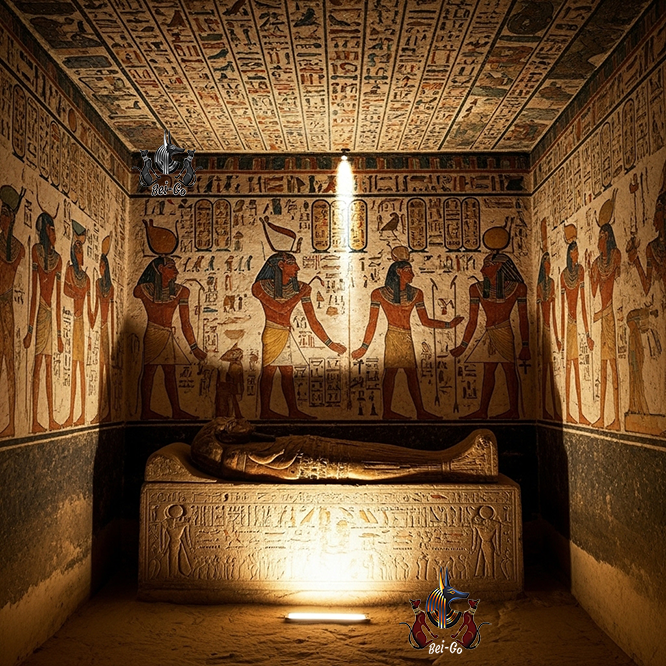
Art and Symbolism in the Royal Necropolis
The art in the Valley of the Queens represents the pinnacle of creativity and craftsmanship in ancient Egypt, where the drawings and inscriptions transcend mere decoration to become a symbolic language rich with deep meanings. Every color used and every shape carved carries a symbolic significance related to resurrection, protection, and eternity. For instance, the color green, the color of Osiris, symbolizes regeneration and new life, while the deep blue represents the night sky and the primordial waters from which life emerged. The fine details in the depiction of luxurious garments, sparkling jewelry, and intricate hairstyles reflect the high status of the queens and princesses buried here. During your trip to this amazing site, you will see how the queens were depicted presenting offerings to the gods, emphasizing their religious role as intermediaries between the earthly and divine worlds. Proper planning for your visit, perhaps with the help of a specialized travel guide from Bei-Go, will enable you to decipher these symbols and understand the stories told by the walls. This is not just a sightseeing vacation; it is a profound educational and cultural journey that immerses you in a world of art and spirituality, making a visit to the Valley of the Queens an unforgettable experience.
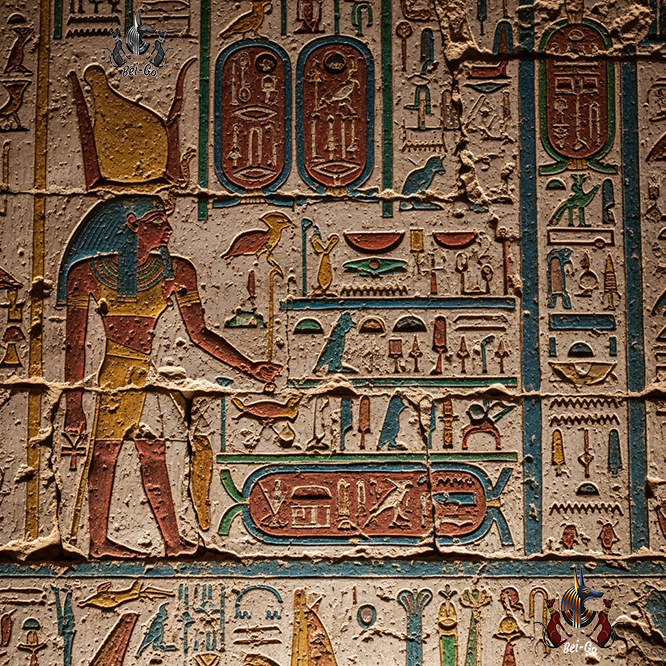
The Valley's Most Famous Queen: Nefertari's Enduring Legacy
Although the Valley of the Queens houses many important tombs of famous princesses and queens, the tomb of Queen Nefertari, the beloved wife of the great Pharaoh Ramesses II, remains the most radiant and brilliant jewel of this site. Her tomb, designated QV66, is known as the "Sistine Chapel of Ancient Egypt," and it is truly an eternal testament to the deep love her husband held for her, who commissioned it as an unparalleled masterpiece. Upon entering the tomb during your trip to the Valley of the Queens, you will be immediately captivated by the vibrant colors that look as if they were painted yesterday and the stunning details depicting Nefertari on her journey to eternity, meeting the gods and receiving their protection and blessings. The quality of the art and inscriptions here surpasses anything else in the valley, making it a deeply moving experience and a rare privilege. Advance planning to visit this tomb is essential, as access is regulated and limited in number to preserve its exceptional condition. Organizing your vacation in Luxor with travel experts can help you secure a rare opportunity to witness this timeless legacy, which is not only a work of art but also tells one of the greatest love stories in history.
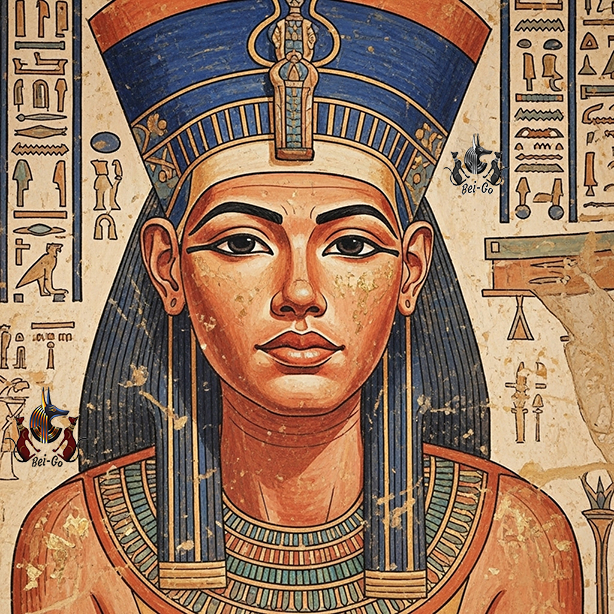
Conservation Efforts: Preserving a Royal Heritage
The Valley of the Queens, like many Egyptian and world archaeological sites, faces complex environmental and human challenges that threaten its long-term survival. The daily influx of thousands of tourists, sharp changes in temperature and humidity between day and night, and the potential effects of groundwater and salts are all factors that can cause irreparable damage to the fragile wall inscriptions and colors that have adorned the tombs for thousands of years. For this reason, intensive and continuous international and local efforts are being made to preserve this precious royal heritage for future generations. These efforts include installing modern ventilation systems to control the climate inside the tombs, strictly limiting the number of daily visitors, and periodically closing some tombs for meticulous maintenance and restoration work. When planning your trip, it is important to be a conscious and responsible tourist and to follow the guidelines carefully, such as not touching the walls or using flash photography. Your support for these efforts, even through your simple compliance, directly contributes to the sustainability of this magnificent site. This is not just a tourist trip; it is an opportunity to participate in protecting human history, adding a deeper and more meaningful dimension to your vacation in Egypt.
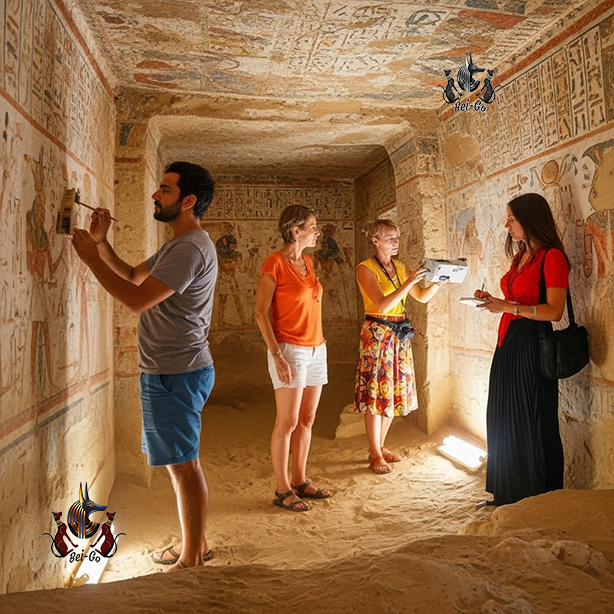
Beyond the Tombs: Exploring the Surrounding Theban Necropolis
Your trip to the Valley of the Queens is actually a fantastic gateway to exploring the other countless historical treasures scattered throughout the vast Theban Necropolis. Your experience should not be limited to the queens' tombs alone; it can extend to include stunning archaeological sites located nearby, making your day on the West Bank a complete experience. You can easily plan a visit to the adjacent Valley of the Kings, the final resting place of great pharaohs like Tutankhamun, Ramesses II, and Seti I, to see the contrast in art and tomb size. The majestic Mortuary Temple of Hatshepsut, with its unique architectural design carved into the rock, is also a short distance away and offers breathtaking panoramic views of the entire area. And don't forget to stop at the Colossi of Memnon, the two silent, gigantic guardians that once stood before the mortuary temple of Amenhotep III. Spending a full day exploring the West Bank gives you a deeper understanding of the integrated funerary and religious system of ancient Egypt. It's an all-encompassing vacation that combines history and adventure, making your trip to Luxor a rich and varied experience, especially when organized through a comprehensive platform like Bei-Go that facilitates your movement between these sites.

Planning Your Unforgettable Trip to the Valley of the Queens
To make the most of your trip to the Valley of the Queens, careful advance planning is essential to ensure a pleasant and comfortable experience. The best time to visit is during the relatively cooler months, from October to April, to avoid the intense summer heat, which can be quite exhausting. It is advisable to arrive early in the morning, right when the site opens, to enjoy the calm and serene atmosphere and to avoid the large crowds that arrive mid-day. Remember to wear comfortable, loose-fitting cotton clothing, sturdy shoes suitable for walking on uneven ground, and bring a hat, sunglasses, and plenty of water to stay hydrated. You can purchase the basic entrance ticket, which allows you to visit three open tombs that are periodically rotated, while special tombs of exceptional importance, like Nefertari's, require a separate, more expensive ticket. To ensure a smooth and hassle-free experience, you can rely on the services of Bei-Go to book your tickets in advance, arrange comfortable transportation, and even provide a specialized tour guide to explain the secrets and great history of the place. Good planning is the key to transforming this visit from a mere tourist tour into an unforgettable journey into the heart of Egyptian history.
